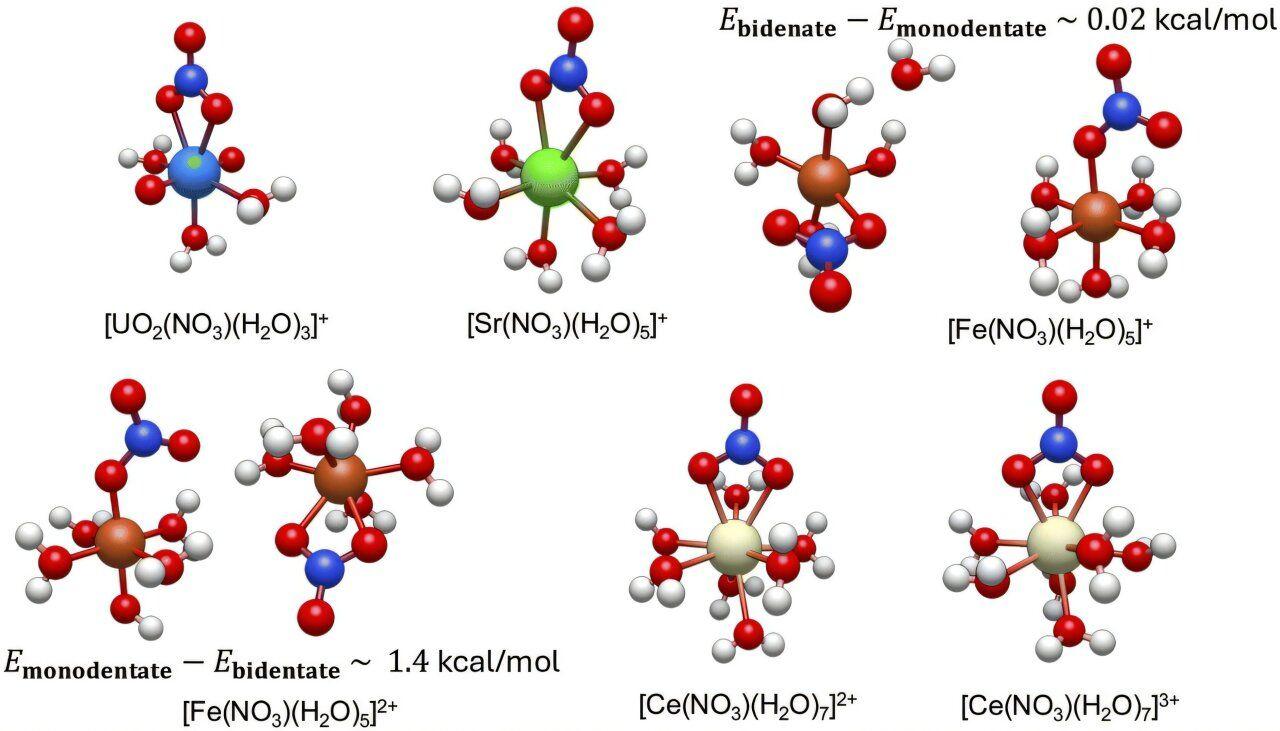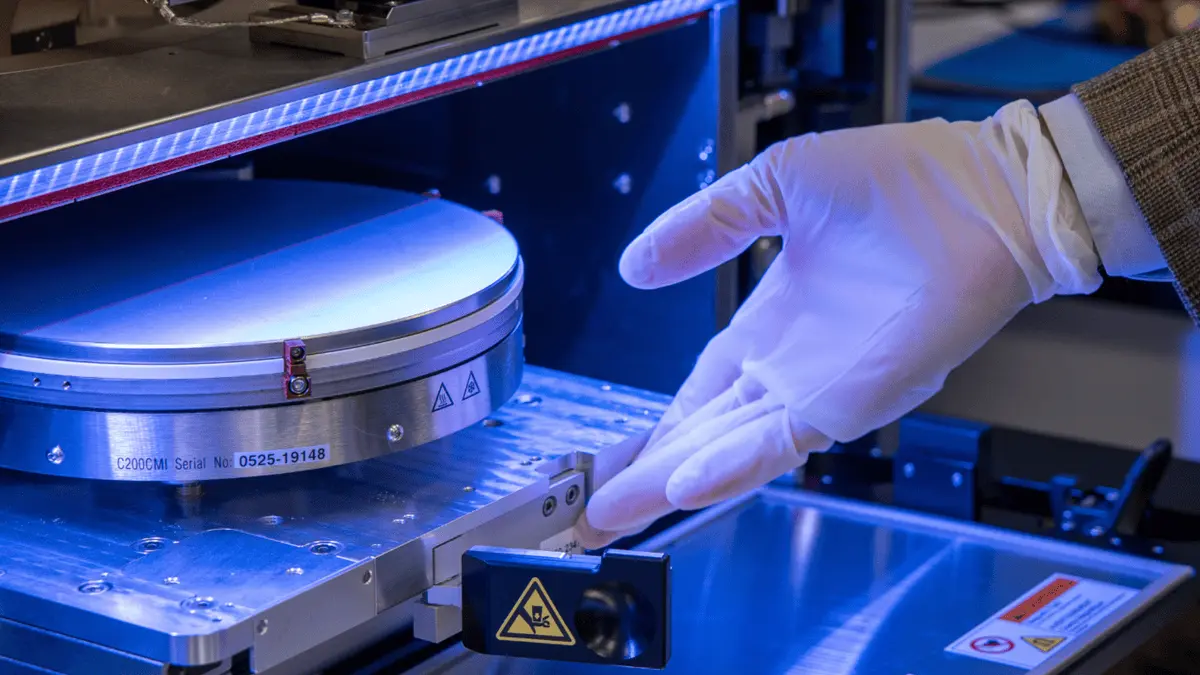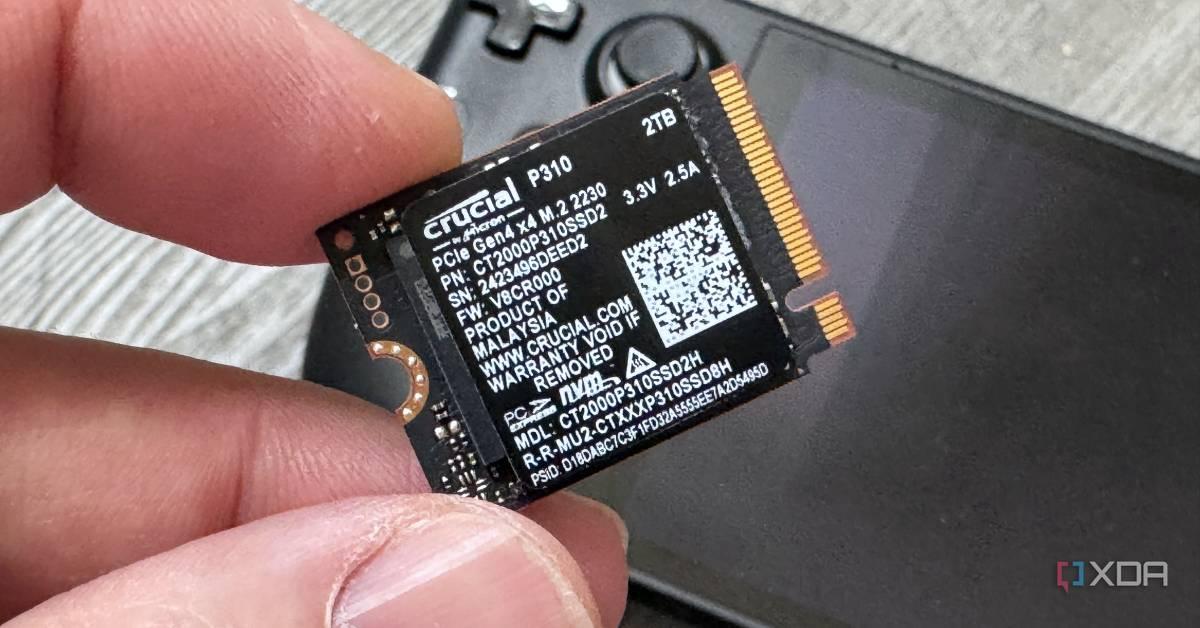PNNL Researchers Develop New Method to Measure Uncertainty in AI Model Training
2 Sources
2 Sources
[1]
A new way to measure uncertainty provides an important step toward confidence in AI model training
It's obvious when a dog has been poorly trained. It doesn't respond properly to commands. It pushes boundaries and behaves unpredictably. The same is true with a poorly trained artificial intelligence (AI) model. Only with AI, it's not always easy to identify what went wrong with the training. Research scientists globally are working with a variety of AI models that have been trained on experimental and theoretical data. The goal: to predict a material's properties before taking the time and expense to create and test it. They are using AI to design better medicines and industrial chemicals in a fraction of the time it takes for experimental trial and error. But how can they trust the answers that AI models provide? It's not just an academic question. Millions of investment dollars can ride on whether AI model predictions are reliable. Now, a research team from the Department of Energy's Pacific Northwest National Laboratory has developed a method to determine how well a class of AI models called neural network potentials has been trained. Further, it can identify when a prediction is outside the boundaries of its training and where it needs more training to improve -- a process called active learning. The research team, led by PNNL data scientists Jenna Bilbrey Pope and Sutanay Choudhury, describes how the new uncertainty quantification method works in a research article published in npj Computational Materials. The team is also making the method publicly available on GitHub as part of its larger repository called Scalable Neural network Atomic Potentials (SNAP) to anyone who wants to apply it to their own work. "We noticed that some uncertainty models tend to be overconfident, even when the actual error in prediction is high," said Bilbrey Pope. "This is common for most deep neural networks. But a model trained with SNAP gives a metric that mitigates this overconfidence. Ideally, you'd want to look at both prediction uncertainty and training data uncertainty to assess your overall model performance." Instilling trust in AI model training to speed discovery Research scientists want to take advantage of the speed of AI predictions, but right now there's a tradeoff between speed and accuracy. It's true that an AI model can make predictions in seconds that might take a supercomputer 12 hours to compute using traditional computationally intensive methods. But chemists and materials scientists still see AI as a black box. The PNNL data science team's uncertainty measurement provides a way to understand how much they should trust an AI prediction. "AI should be able to accurately detect its knowledge boundaries," said Choudhury. "We want our AI models to come with a confidence guarantee. We want to be able to make statements such as "This prediction provides 85% confidence that catalyst A is better than catalyst B, based on your requirements.'" In their published study, the researchers chose to benchmark their uncertainty method with one of the most advanced foundation models for atomistic materials chemistry, called MACE. The researchers calculated how well the model is trained to calculate the energy of specific families of materials. These calculations are important to understanding how well the AI model can approximate the more time- and energy-intensive methods that run on supercomputers. The results show what kinds of simulations can be calculated with confidence that the answers are accurate. This kind of trust and confidence in predictions is crucial to realizing the potential of incorporating AI workflows into everyday laboratory work and the creation of autonomous laboratories where AI becomes a trusted lab assistant, the researchers added. "We have worked to make it possible to 'wrap' any neural network potentials for chemistry into our framework," said Choudhury. "Then in a SNAP, they suddenly have the power of being uncertainty aware."
[2]
It's Time to Get Comfortable with Uncertainty in AI Model Training | Newswise
Newswise -- RICHLAND, Wash. -- It's obvious when a dog has been poorly trained. It doesn't respond properly to commands. It pushes boundaries and behaves unpredictably. The same is true with a poorly trained artificial intelligence (AI) model. Only with AI, its not always easy to identify what went wrong with the training. Research scientists globally are working with a variety of AI models that have been trained on experimental and theoretical data. The goal: to predict a material's properties before taking the time and expense to create and test it. They are using AI to design better medicines and industrial chemicals in a fraction of the time it takes for experimental trial and error. But how can they trust the answers that AI models provide? It's not just an academic question. Millions of investment dollars can ride on whether AI model predictions are reliable. Now, a research team from the Department of Energy's Pacific Northwest National Laboratory has developed a method to determine how well a class of AI models called neural network potentials has been trained. Further, it can identify when a prediction is outside the boundaries of its training and where it needs more training to improve -- a process called active learning. The research team, led by PNNL data scientists Jenna Bilbrey Pope and Sutanay Choudhury, describes how the new uncertainty quantification method works in a research article published in NPJ Computational Materials. The team is also making the method publicly available on GitHub as part of its larger repository called Scalable Neural network Atomic Potentials (SNAP) to anyone who wants to apply it to their own work. "We noticed that some uncertainty models tend to be overconfident, even when the actual error in prediction is high," said Bilbrey Pope. "This is common for most deep neural networks. But a model trained with SNAP gives a metric that mitigates this overconfidence. Ideally, you'd want to look at both prediction uncertainty and training data uncertainty to assess your overall model performance." Research scientists want to take advantage of the speed of AI predictions, but right now there's a tradeoff between speed and accuracy. It's true that an AI model can make predictions in seconds that might take a supercomputer 12 hours to compute using traditional computationally intensive methods. But chemists and materials scientists still see AI as a black box. The PNNL data science team's uncertainty measurement provides a way to understand how much they should trust an AI prediction. "AI should be able to accurately detect its knowledge boundaries," said Choudhury. "We want our AI models to come with a confidence guarantee. We want to be able to make statements such as 'This prediction provides 85% confidence that catalyst A is better than catalyst B, based on your requirements.'" In their published study, the researchers chose to benchmark their uncertainty method with one of the most advanced foundation models for atomistic materials chemistry, called MACE. The researchers calculated how well the model is trained to calculate the energy of specific families of materials. These calculations are important to understanding how well the AI model can approximate the more time- and energy-intensive methods that run on supercomputers. The results show what kinds of simulations can be calculated with confidence that the answers are accurate. This kind of trust and confidence in predictions is crucial to realizing the potential of incorporating AI workflows into everyday laboratory work and the creation of autonomous laboratories where AI becomes a trusted lab assistant, the researchers added. "We have worked to make it possible to 'wrap' any neural network potentials for chemistry into our framework," said Choudhury. "Then in a SNAP, they suddenly have the power of being uncertainty aware." Now, if only puppies could be trained in a snap. In addition to Bilbrey and Choudhury, PNNL data scientists Jesun S. Firoz and Mal-Soon Lee contributed to the study. This work was supported by the "Transferring exascale computational chemistry to cloud computing environment and emerging hardware technologies" (TEC) project, which is funded by the DOE Office of Science, Office of Basic Energy Sciences.
Share
Share
Copy Link
Scientists at Pacific Northwest National Laboratory have created a novel approach to quantify uncertainty in AI model training, particularly for neural network potentials. This method aims to increase trust in AI predictions for material science and chemistry applications.

PNNL Researchers Tackle AI Uncertainty in Materials Science
Researchers at the Department of Energy's Pacific Northwest National Laboratory (PNNL) have developed a groundbreaking method to measure uncertainty in artificial intelligence (AI) model training, specifically for neural network potentials. This advancement aims to bridge the gap between the speed of AI predictions and the trust scientists place in their accuracy, particularly in the fields of materials science and chemistry
1
2
.The Challenge of AI Reliability
AI models trained on experimental and theoretical data are increasingly being used to predict material properties before physical creation and testing. This approach has the potential to revolutionize the development of medicines and industrial chemicals, significantly reducing the time and cost associated with traditional trial-and-error methods
1
.However, the reliability of these AI predictions has been a major concern. As PNNL data scientist Jenna Bilbrey Pope notes, "We noticed that some uncertainty models tend to be overconfident, even when the actual error in prediction is high"
1
. This overconfidence is a common issue with deep neural networks and can lead to misplaced trust in AI predictions.SNAP: A New Approach to Uncertainty Quantification
The PNNL team, led by Bilbrey Pope and Sutanay Choudhury, has introduced a new uncertainty quantification method as part of their Scalable Neural network Atomic Potentials (SNAP) framework. This method provides a metric that mitigates the overconfidence issue common in AI models
2
.Key features of the SNAP framework include:
- Ability to determine how well neural network potentials have been trained
- Identification of predictions outside the model's training boundaries
- Guidance for active learning to improve the model's performance
1
Benchmarking with MACE
To validate their method, the researchers benchmarked it against MACE, one of the most advanced foundation models for atomistic materials chemistry. They calculated the model's proficiency in determining the energy of specific material families, providing insights into which simulations can be confidently performed using AI approximations instead of time-intensive supercomputer calculations
1
2
.Related Stories
Implications for AI in Scientific Research
The development of this uncertainty quantification method has significant implications for the integration of AI into scientific workflows:
- Increased trust in AI predictions for materials science and chemistry
- Potential for creating autonomous laboratories with AI as a trusted assistant
- Ability to provide confidence guarantees for AI predictions, such as "85% confidence that catalyst A is better than catalyst B"
2
Open-Source Availability
In a move to promote wider adoption and further development, the PNNL team has made their method publicly available on GitHub as part of the SNAP repository. This allows other researchers to apply the uncertainty quantification method to their own work, potentially accelerating advancements across various scientific disciplines
1
2
.As AI continues to play an increasingly important role in scientific discovery, methods like SNAP that provide a measure of uncertainty and reliability will be crucial in building trust and confidence in AI-driven research outcomes.
References
Summarized by
Navi
[1]
Related Stories
Themis AI's Capsa Platform: Teaching AI Models to Recognize Their Limitations
04 Jun 2025•Technology

AI in Scientific Research: Potential Benefits and Risks of Misinterpretation
05 Apr 2025•Science and Research

26,000 AI researchers admit they can't explain how models work as interpretability crisis deepens
09 Dec 2025•Science and Research

Recent Highlights
1
OpenAI releases GPT-5.2 AI model after code red memo targets Google's Gemini 3 threat
Technology

2
Disney invests $1 billion in OpenAI, licenses 200+ characters for Sora AI video generator
Technology

3
OpenAI faces wrongful death lawsuit after ChatGPT allegedly fueled murder-suicide tragedy
Policy and Regulation





